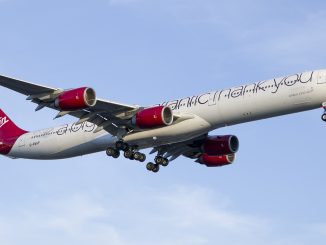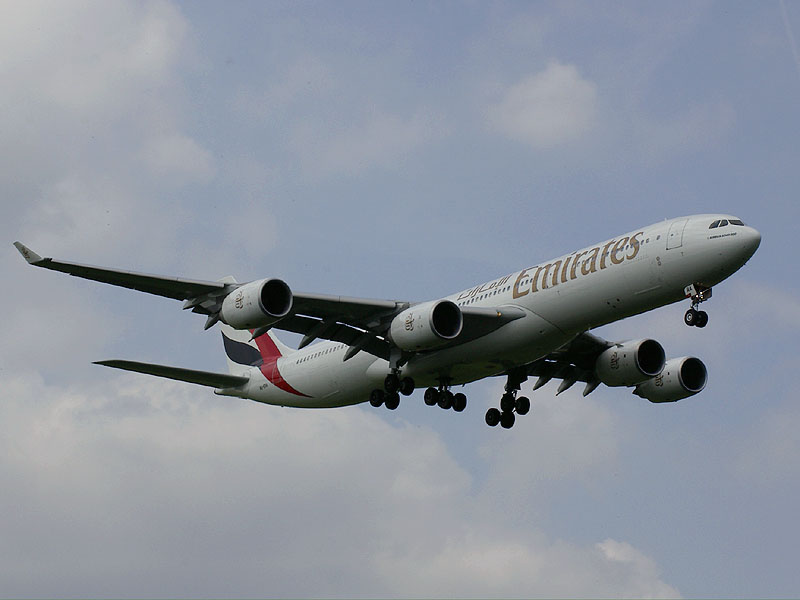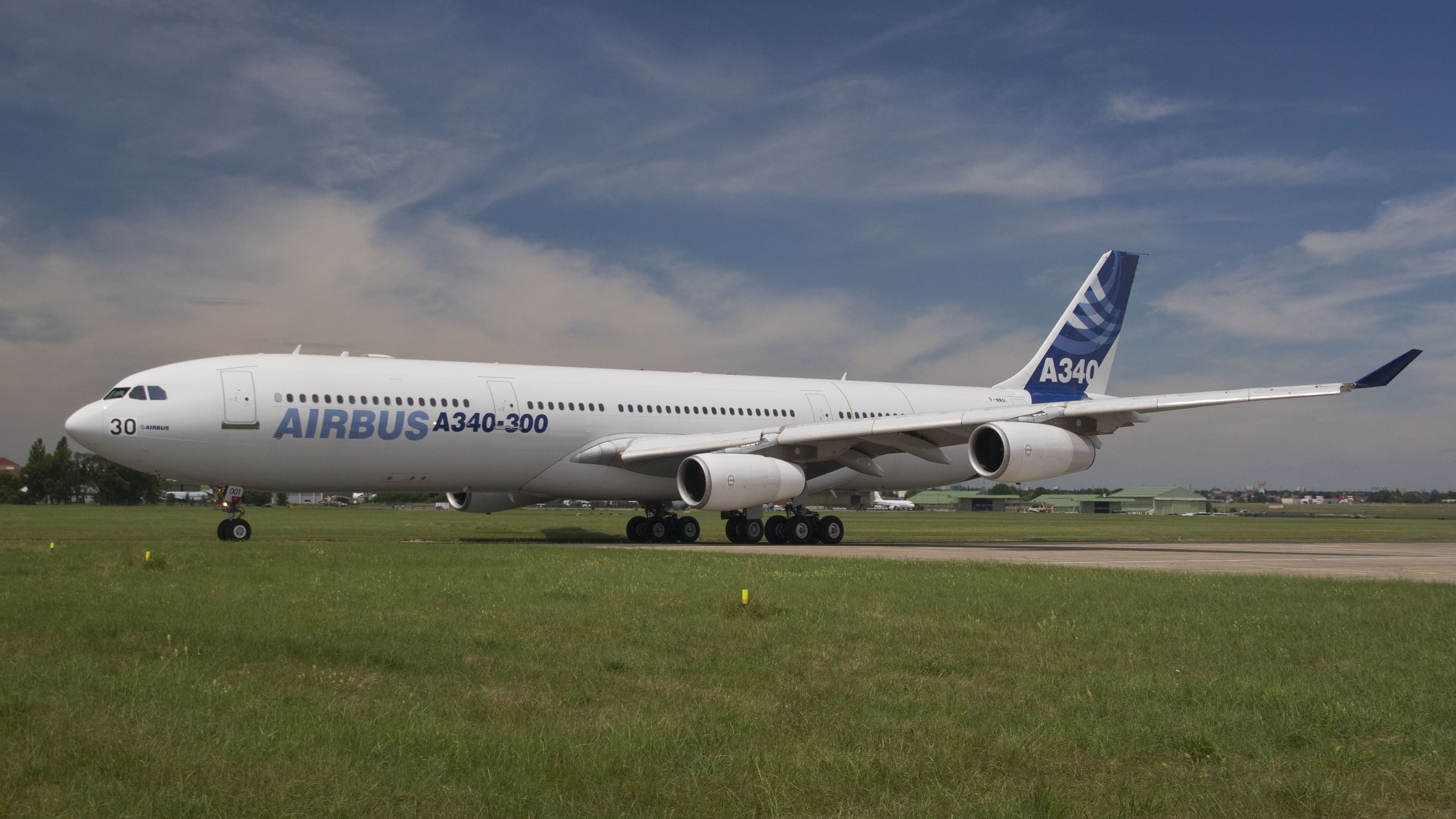
The Airbus factory in Hamburg-Finkenwerder is one of the largest and most important production facilities for Airbus, playing a crucial role in the assembly, outfitting, and delivery of commercial aircraft. Located in the Finkenwerder district on the southern bank of the Elbe River, it is a key part of Airbus’ global manufacturing network.
Key Details About the Hamburg-Finkenwerder Airbus Facility:
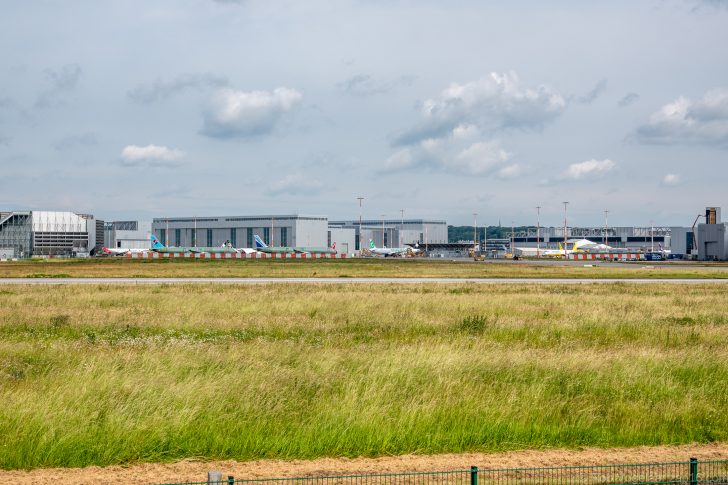
1. Role in Airbus Operations:
- Final Assembly Lines (FAL): The Hamburg facility is responsible for the final assembly of various models of Airbus aircraft, particularly from the A320 family, one of the most successful and widely sold narrow-body aircraft series in the world. It also supports assembly for the A321, including the A321XLR (Extra Long Range).
- Cabin Customization: Hamburg specializes in cabin outfitting, including design, installation, and customization of interior components. The cabin interiors of the A350 XWB, another Airbus model, are also fitted in Hamburg.
- Delivery Center: After completion and testing, aircraft are delivered directly to customers from this location. Hamburg is Airbus’ largest delivery center outside of Toulouse, France, and many international airlines pick up their planes from this site.
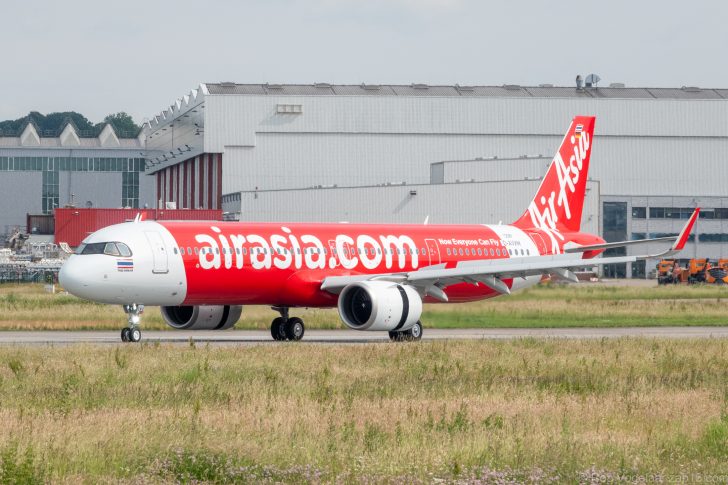
2. Historical Significance:
- The site has its origins in the 1930s when it was first used as a seaplane base and then developed into an aircraft production facility. Airbus began operations here in the late 1960s and steadily expanded its presence to make it a key pillar of its European operations.
3. Research and Development:
- The Hamburg plant is also a hub for research and development (R&D), focusing on innovative manufacturing processes, environmental sustainability, and digital technologies like smart factory concepts. The site’s R&D activities are essential for the continuous evolution of Airbus’ aircraft.

4. Workforce and Size:
- The Hamburg site employs over 15,000 people, including engineers, technicians, and skilled workers. It is one of the largest single-site employers in the Hamburg metropolitan area.
- The factory itself spans a significant area, incorporating several assembly halls, production facilities, and office buildings. A dedicated airport, Hamburg Finkenwerder Airport (XFW), is part of the facility, used for test flights and the transportation of components between Airbus sites.

5. Environmental Initiatives:
- Airbus has been working to reduce the carbon footprint of the Hamburg site. Initiatives include energy-efficient buildings, renewable energy sources, and sustainable manufacturing techniques.
6. Logistics:

- The Hamburg facility is also part of a complex global logistics network that involves the transport of major aircraft components between different Airbus sites across Europe. Airbus uses Beluga cargo planes to transport large sections of aircraft (such as fuselages and wings) from various production sites (e.g., Broughton in the UK for wings, Saint-Nazaire in France for fuselage sections).
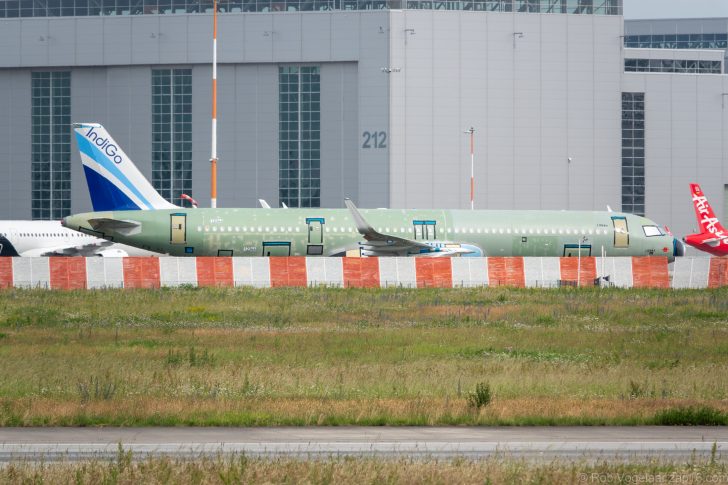

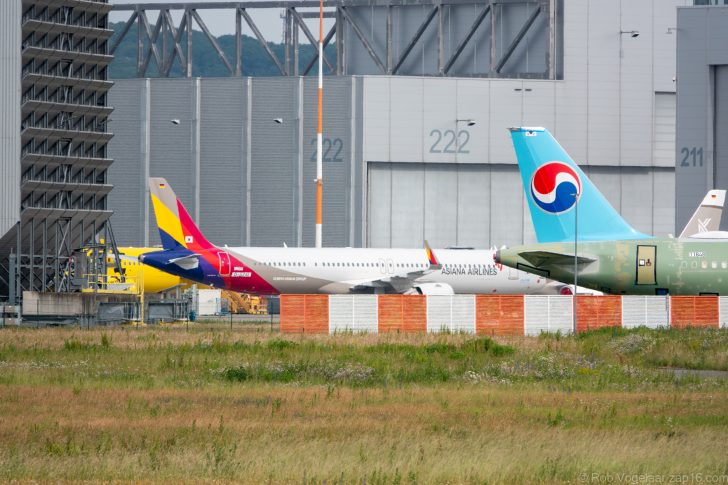


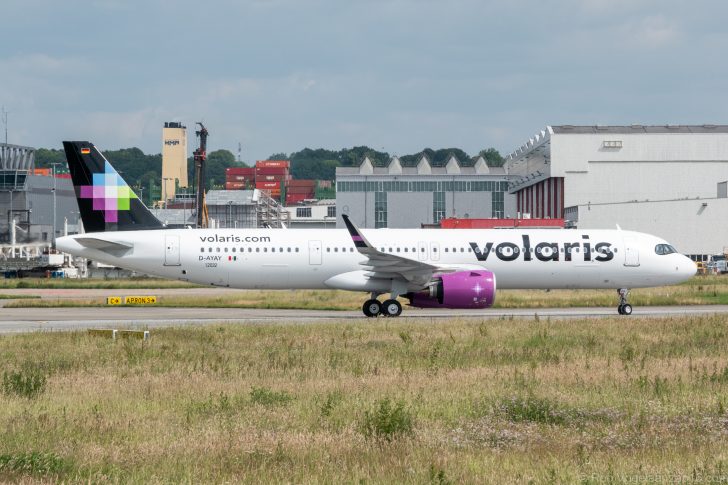

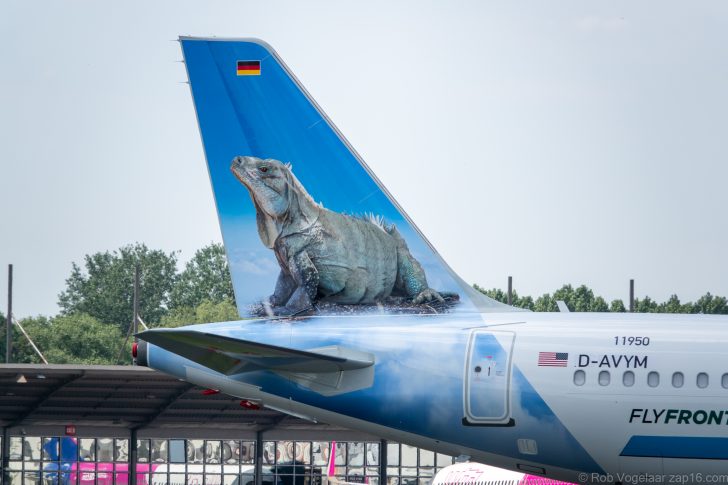
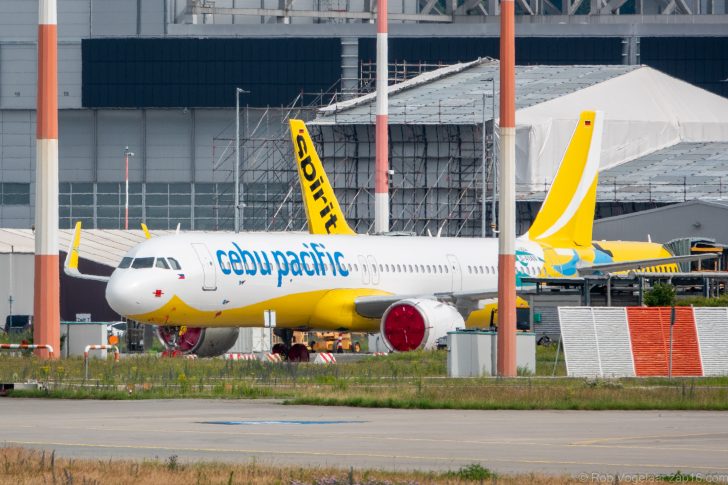

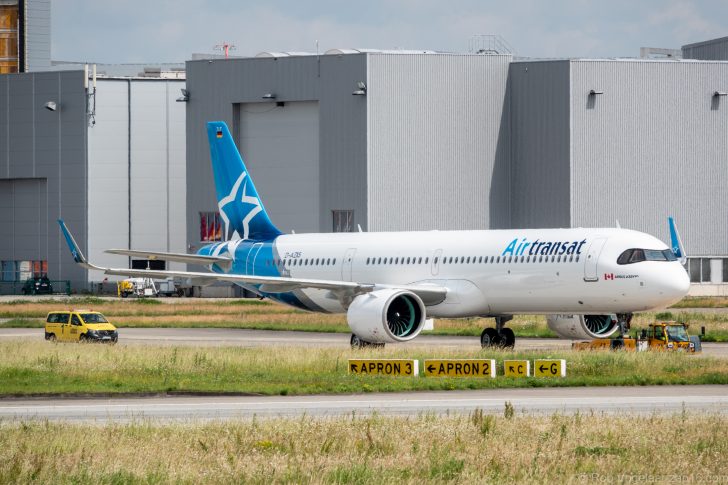
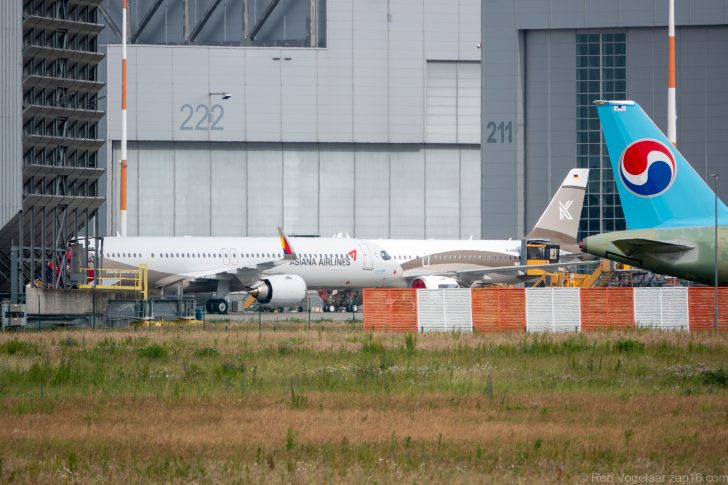



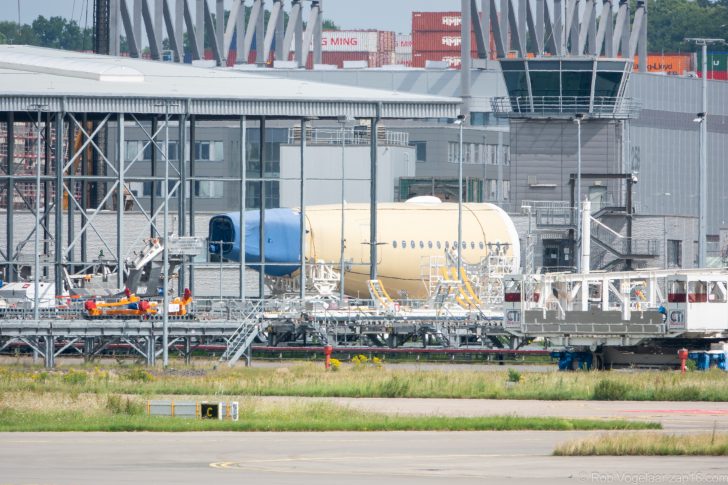


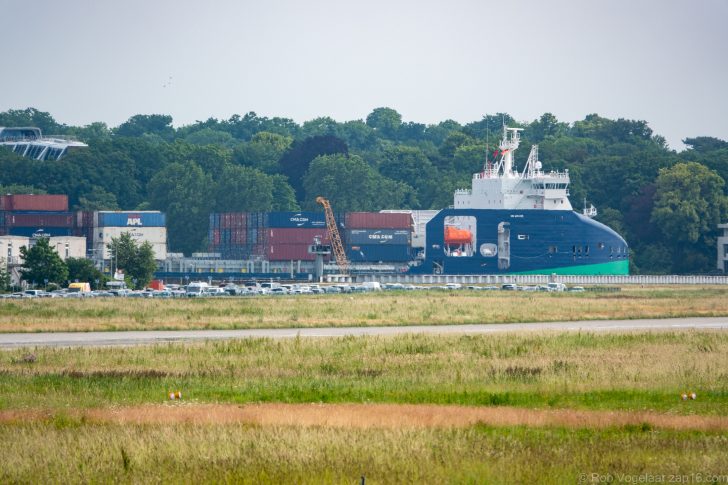
All photos from Aussicht-Plattform Airbus by Rob Vogelaar
